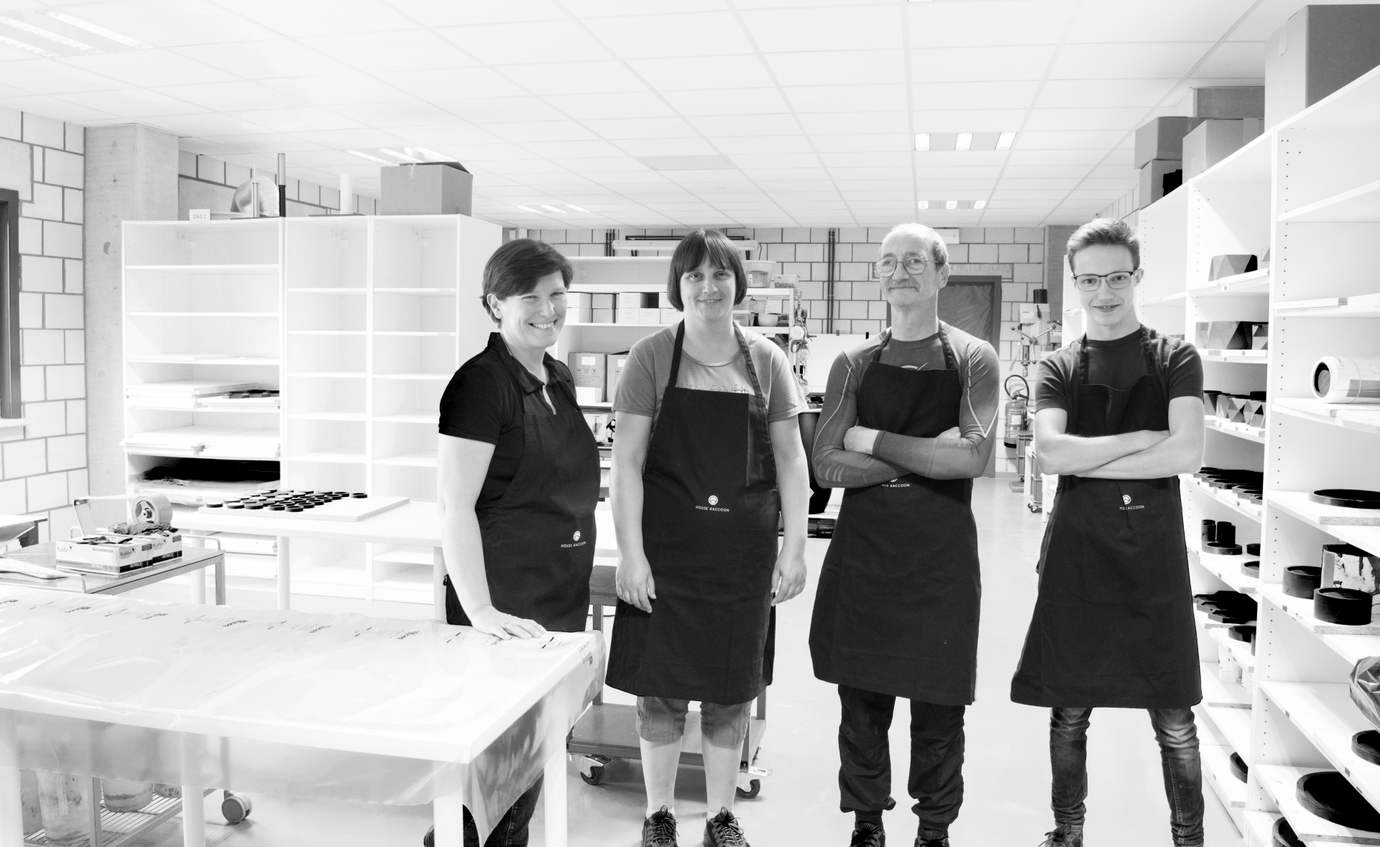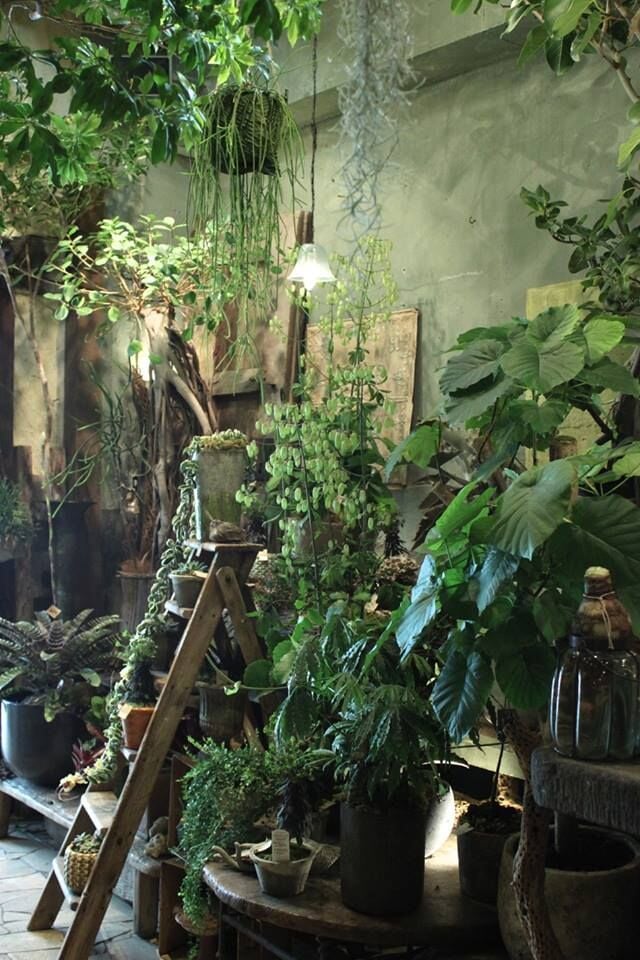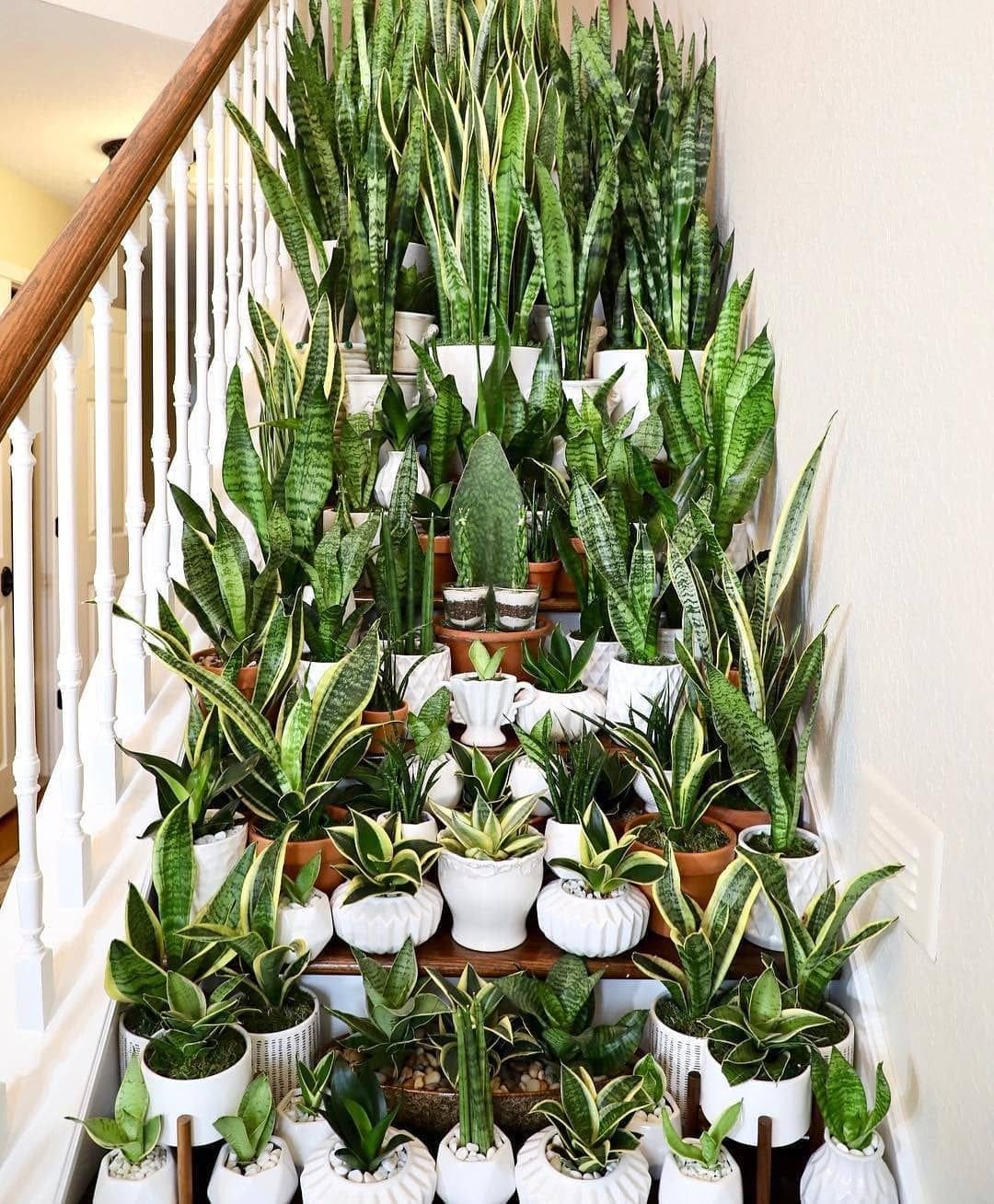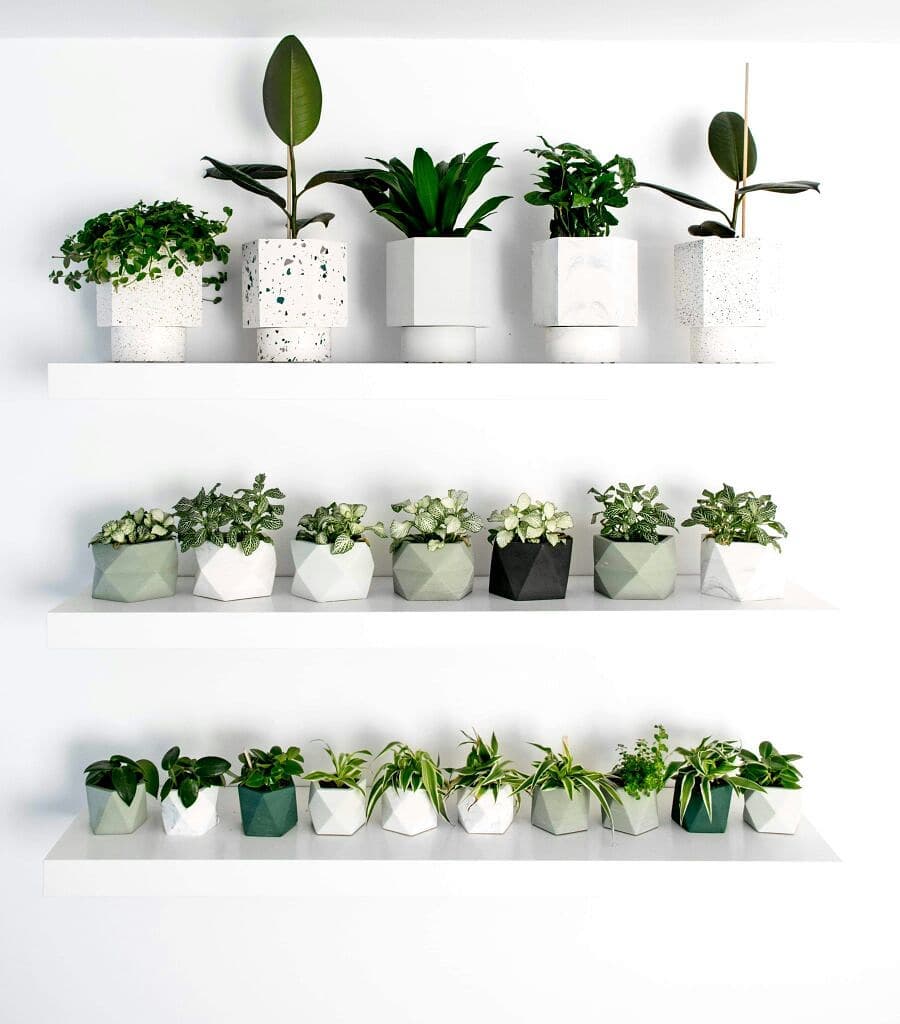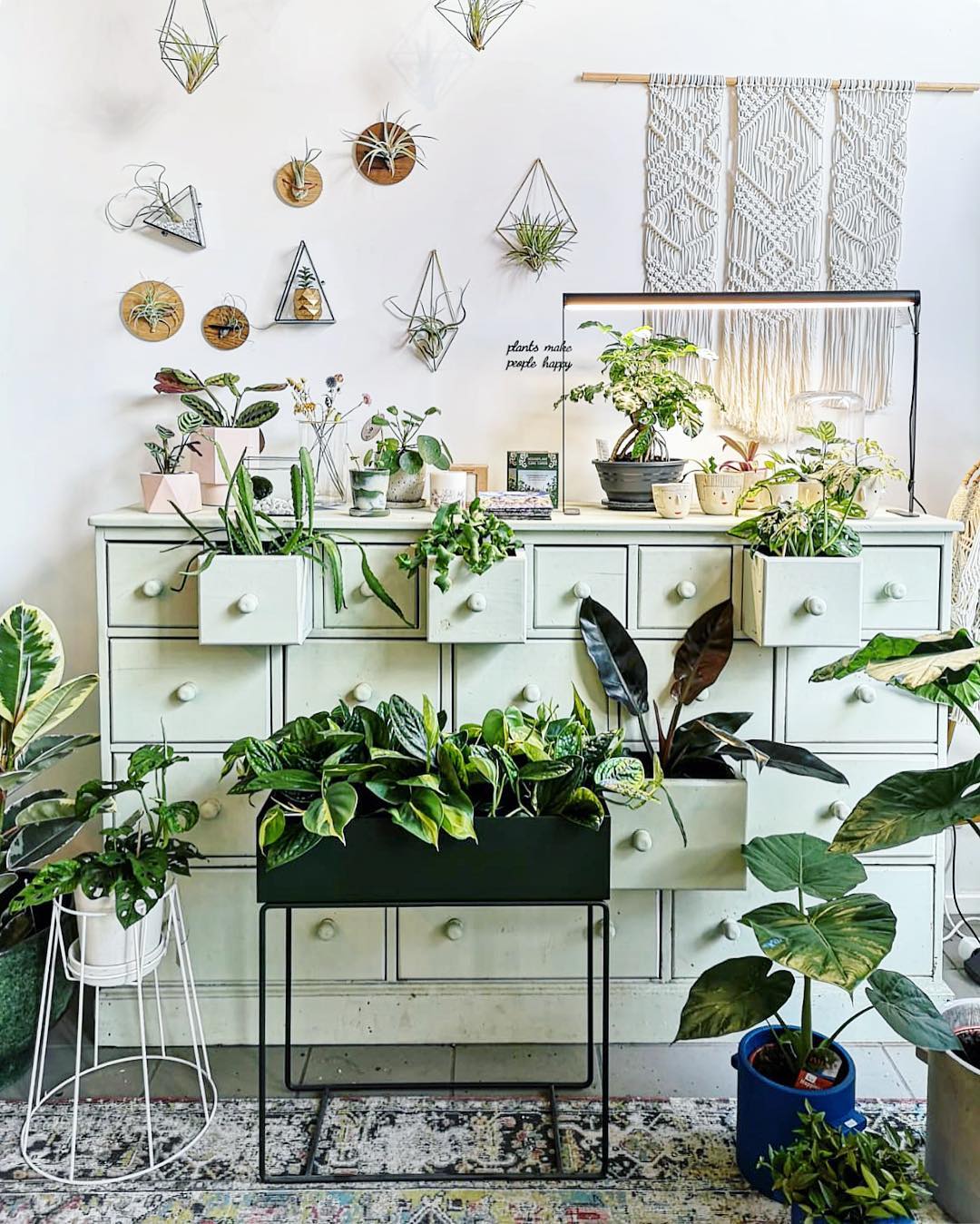Why trees?
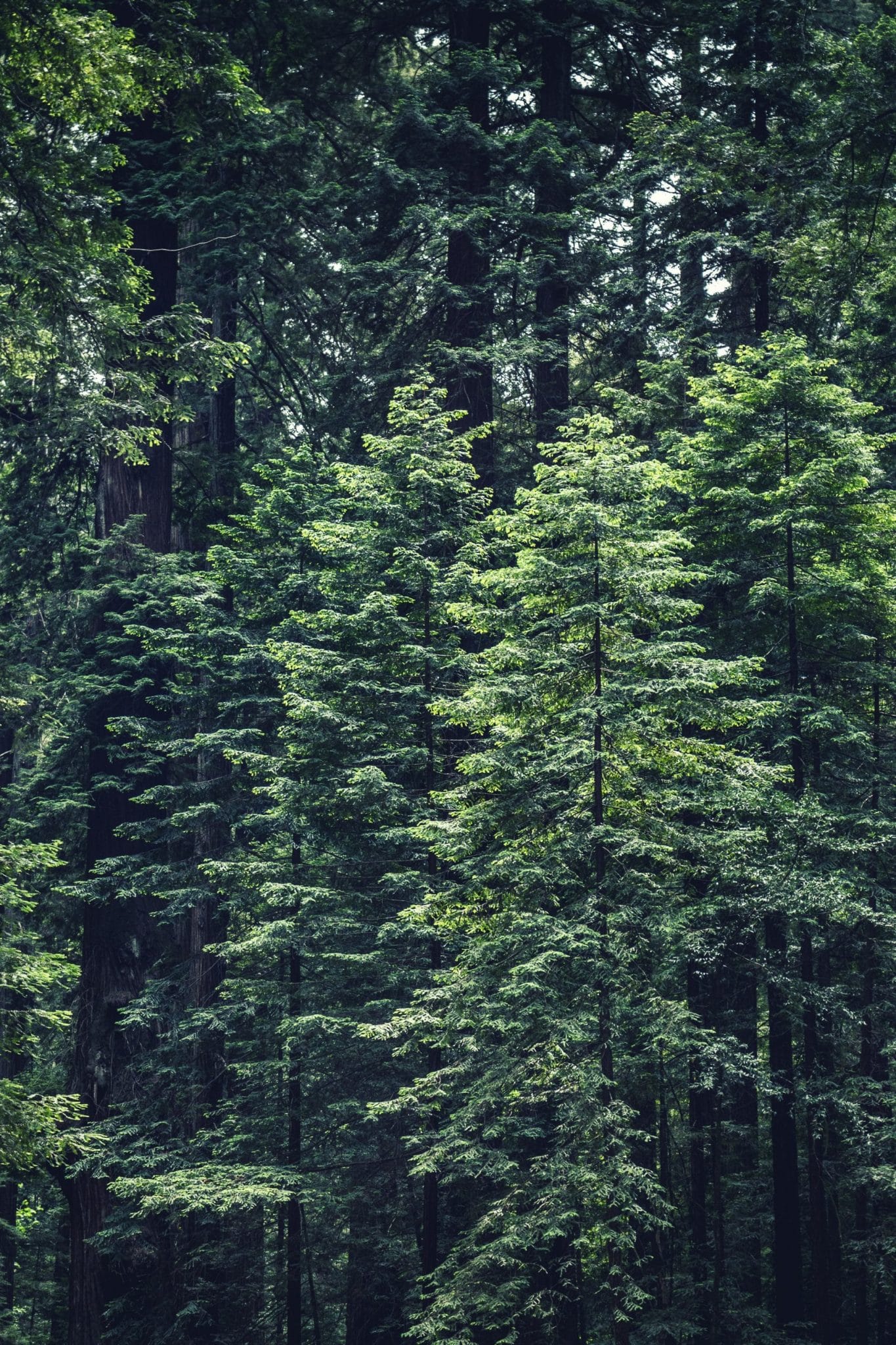
We often get the question. Why trees? Why do you plant one tree per product? Why not just lay solar panels on your roof, use ecologic/biologic ingredients and recycle all your stuff and be done with it? Just like all the other ‘eco’ companies are doing? Wouldn’t that be better?
Wrong! Planting trees goes way way way beyond everything mentioned above! But it seems to be difficult to explain that to people. Doing this huge effort to plant a tree per product, we notice every day again that we have to fight against outdated concepts and we want to put things right for once and for all. Let us start our explanation with a few examples.
Greenwashing, recycling & real ecology.
Most companies, when looking at sustainability, think about things like a Tesla, solar panels, or recycling materials. For us, these dogma’s are only a delusion in an attempt to get a grip on the process where we continue to damage the environment because consumption and production – per definition- demand a toll from the environment and this toll only grows with increasing welfare/consumption. And indeed, these concepts are not necessarily bad for the environment (it is better to search for more ecologic alternatives for polluting production & consumption) but they aren’t good either for the environment.

For example, a Tesla, is it good for the environment? The immediate reaction is “yes of course!”. And we can’t blame you, it is a cool car after all and indeed when you take the total C02 cost of the production and utilization of a Tesla, then Tesla halves the C02 emissions versus a normal diesel/gasoline car. Is the electric car therefore good for the environment? No!
The consumption of a Tesla is less bad for the environment than a normal car but against the situation in which you don’t use a car, that ‘green’ Tesla still comes out pretty bad. And then we are only talking about C02, not about for example the environmental impact of mining rare earth metals for the battery.

For solar panels, you can say more or less the same. They are better than the situation in which you burn charcoal, but de best situation is still the one in which no consumption happens.
Finally, we have the example of material recycling used in the production process (also a spearhead of environmental gurus in the press, politics and at design universities). Is it admirable to use recycled materials? Of course! But does it take the whole story of the product into consideration? No, only the pure resources are included. The path of those resources to products, to the store or to the final consumer (packaging, transport, climate control of warehouses and stores) are out of scope.
It is clear that we could continue on the examples above for a very long time but we think it is clear what the point is.
In contrast to what most ‘green’ companies claim, their production is not good for the environment, it is only less bad than a similar situation with an older/more polluting product. Concerning ecologic impact, production has a mathematical limit that goes from very negative (doing absolutely nothing for the environment) to a zero-impact (in the situation that you are doing an infinite effort for the environment concerning your product’s production, a situation which is practically not obtainable (see Graph1).
If you look at the broader picture and also take into account external factors where you don’t have any impact as a brand (transport, heating of stores etc…) on an ecological level, the limit is not zero but far more negative in the order of magnitude of the external factors (see Graph2).

From this insight that per definition, consumption & production are always harmful for the environment no matter how green your supply chain becomes, we have been thinking how we could really create a sustainable company. The solution is too look beyond your production alone (which has an unobtainable limit of zero-impact or uncontrollable external-factor-impact) and contradictory enough search for the ecology of your product outside of the product. We thus calculated the total environmental impact of our products (between100g-1kg C02 per product) and thought about how we could compensate this.
Our solution is planting one tree per product. Trees absorb 20-600kg Co2 per year (lower for a young tree, higher for very big old trees). There is no scientific consensus about the exact period for which a tree does this (old trees give back Co2 through rotting branches & leaves and by dying eventually where some of that Co2 gets back into the air) but we see a minimum of 20 year and a maximum of about the whole lifetime of the tree (we take 100 year).
This means that every product we sell takes away minimum 399kg of Co2 (20kg/year x 20 year – 1kg) and maximum 59999,9 (600×100-0,100kg Co2 out of the atmosphere. The truth probably is somewhere in between.
By consequently planting one tree per product, we are able to move up the curves above a whole lot. The result is the graph below. The red line matches the negative environmental-impact of the classic ‘green’ brand you already saw in the graphs above. The green line represents the positive impact of our 1 product=1 tree strategy. The difference is crazy (see Graph3).

Remark that we only take into account the pure Co2 impact and don’t even think about all eco system advantages for humans and nature which occur around the planting of new trees. (Very concrete: the thousands of trees we could plant so far are part of a green belt of trees in Africa that stop the desert of moving southwards so that the local population can keep their life livable, create new income and as a result send their children to school. Something which impacts thousands of people.)
So far, our green alternative. It’s certainly not easy to fight prevailing ideas. But we choose to do so. We choose to change the world product by product. Sapling by sapling. Tree by tree. Until over the years forests form and life finds its way in the natural setting of rich vegetation and pure fresh air. So let’s be that change, improve the world step by step and come home to nature with us!



